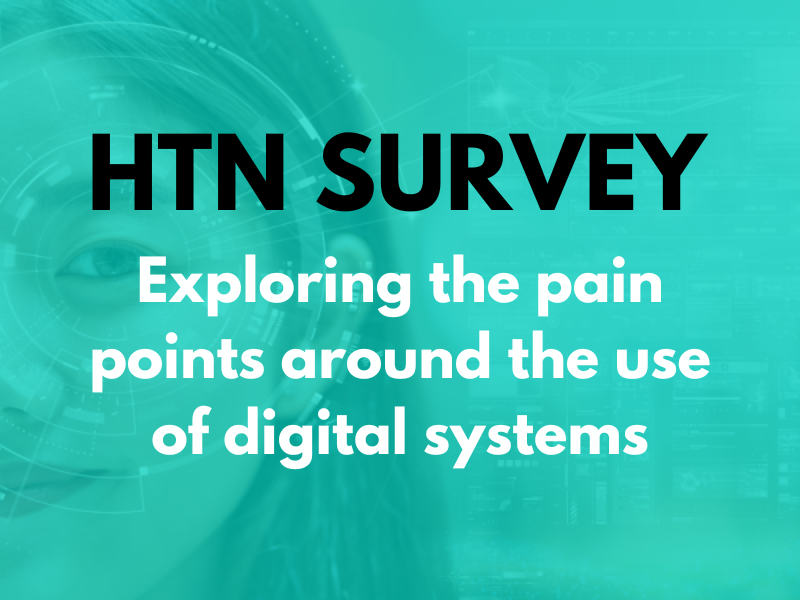The UK Government has published new guidance on making digital services in an emergency.
Martin Jordan, Head of Service Design at the UK Cabinet Office, shared news of the release on Twitter, explaining that the document reflected the “collective learnings of digital service teams from the past 18 months” and had been co-developed by a cross-government and public sector community.
The guidance, which is featured in the government’s online ‘service manual’ section, is divided into 14 parts, which provide insight and advice on everything from how to use the guidance, through to identifying user needs, publishing code, prototyping, dealing with change, collaboration, accessibility, designing content for a crisis, and building for scale, as well as how to plan for the future.
On explaining how to use the guidance, the publication states that ‘when making services at a rapid pace due to a crisis like the coronavirus (COVID-19) pandemic it’s important for teams to meet the Service Standard and work in a user-centred way’. It adds that the guidance ‘only applies to public emergencies with a level of uncertainty like the COVID-19 pandemic’ and not to ‘other situations with a rapid deadline where there is not much time to put a service live’.
Advice on identifying user needs acknowledges that ‘in a crisis’ there may not be enough to time validate user needs before launch, but recommends ‘listing your assumptions’ to ‘find out what areas of uncertainty remain’ and then undertaking research as soon as is possible, so that the service can be can be changed ‘accordingly’.
The guide also highlights the importance of looking at your existing services and reusing elements and patterns from those that have already been user-tested, underlining that there is ‘no time or need to reinvent things we already know work’ and that it will save time if an existing service can be adapted or reused. Examples given of ways to do this include using the government design system, by making sure suppliers are familiar with ‘Central Digital and Data Office (CDDO) and Government Digital Service (GDS) tools, technology and standards’, reusing common components, searching for similar research, and reusing data, technology, open standards, and APIs.
Other advice includes to publish code and make it open and accessible, ensuring teams have the correct capabilities, identifying a shared vision and areas of uncertainty, considering security, and undertaking an accessibility audit. It also provides links to a range of resources to help support the different stages of the process. In addition, there is also a focus on people, with direct suggestions on how to build relationships and include stakeholders during a project or programme.
Finally, on planning for the future, the document also asks developers to consider what happens after go-live, including people’s roles, and how the service will scale down after a crisis, while also maintaining the service or retiring it.
You can find the full ‘Making services in an emergency’ guidance, here.





